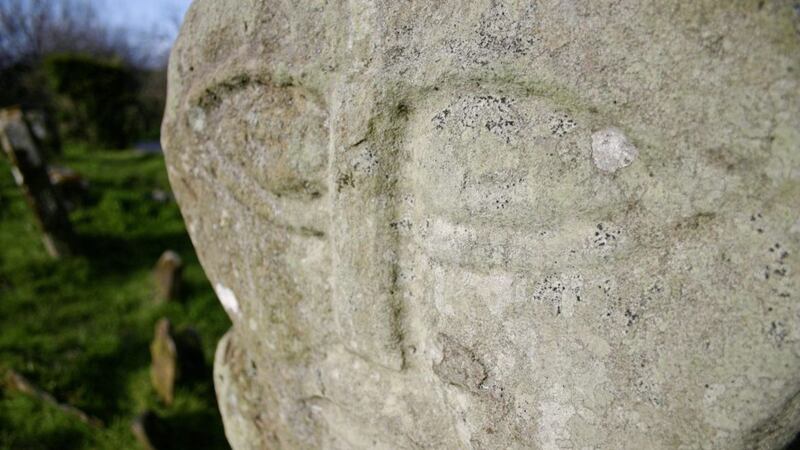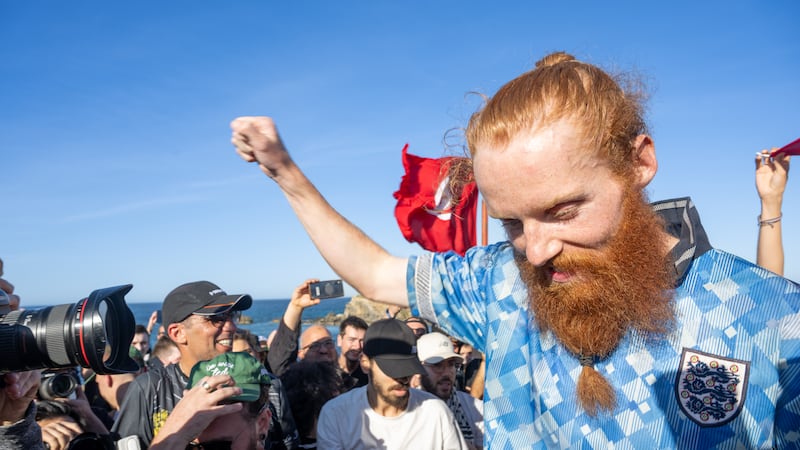NOW on the cusp of winter, tens of thousands of wildfowl and waders have settled across the island to feed in loughs, lush fields and along our bountiful tidal mudflats until the urge to breed will draw them northwards once again next spring.
Large flocks of swans, geese, ducks and waders provide spectacular viewing at many sites, from Strangford and Belfast Loughs in the east to the shores of Lough Foyle and the fields around Lissadell House, Co Sligo in the west.
Many other locations throughout Ireland host the visitors, providing tranquil places for us to experience stunning exhibitions of colour, movement and sound.
I’ve had the privilege of visiting some of these settings over the years and observed the spectacle of such mass gatherings, but a recent experience by a sheltered shore on Boa Island, Co Fermanagh, watching a small number of birds feeding, left me just as fulfilled.
Even the bleak, blustery November morning couldn’t prevent the uplifting effect of seeing a small flock of wigeon and teal, together with a solitary goldeneye showing its bright golden yellow eyes and its striking white facial patch.
Bucephala, part of the goldeneye’s scientific name, comes from the Greek ‘boukephalos’ meaning ox-headed, implying great size just like the bird’s large rounded head.
The Eurasion wigeon, Anas Penelope, is a medium-sized duck with a large rounded head, small bill and pointed tail.
The male has a russet head and neck, from which we get its Irish name ‘rualacha’ meaning red duck, a pinkish breast and a creamy yellow crown and forehead. The remainder of its body is mostly grey with a white belly and wing patch. The females are a dull grey-brown colour with mottled patterns.
They arrive here from Iceland and Scandinavia to feed on aquatic plants and grasses.
The small group of birds, undeterred by the buffeting wind and water, hunkered down to dabble with their short stubby beaks. There with the wigeon were their frequent companions, the exotically coloured, much smaller teal, Anas crecca, another dabbling duck which feeds on seeds and molluscs.
The male bird has a chestnut head with a striking green patch extending from the eye down towards the back of neck, bordered by a fine yellow. The rest of the body is largely grey with a noticeable creamy-yellow rear patch. As with most of our ducks, the female teal is an overall grey-brown colour.
The Irish name for the bird, 'praslacha’, meaning fast duck, references its fast flying and, like the wigeon, the small ‘spring’ of teal defied the wind and choppy waters to continue feeding.
Watching the eye-catching, collective colouring of this trio of birds at that moment, kindled my interest as much as seeing hundreds on a tidal estuary, a case of, less is more.
I even allowed my imagination to wander, to speculate that one of these birds might be the ancient shapeshifting goddess Badb or Badh, who gives her name to Boa Island, Inis Badhbha.
One of a trio which made up the Morrígan, the Celtic goddess of death, often called the Phantom Queen, was much associated with November, and took on various forms. Badh appeared with prominent figures in Irish mythology, famously as a raven on the shoulder of the warrior Cúchulainn after his death in battle.
Many believe the ancient carved stone, the ‘Boa Island figure’ in the nearby Caldragh cemetery, with a face and torso on either side, may represent a Celtic goddess, possibly Badh herself.
As my mind drifted off to this ancient world, I departed, thinking that, indeed less is sometimes more.








